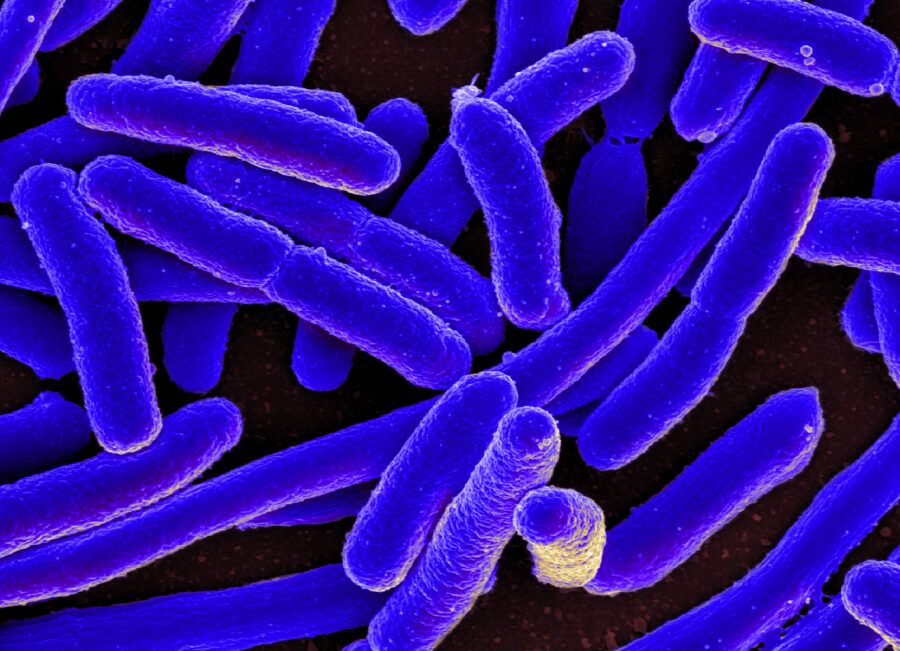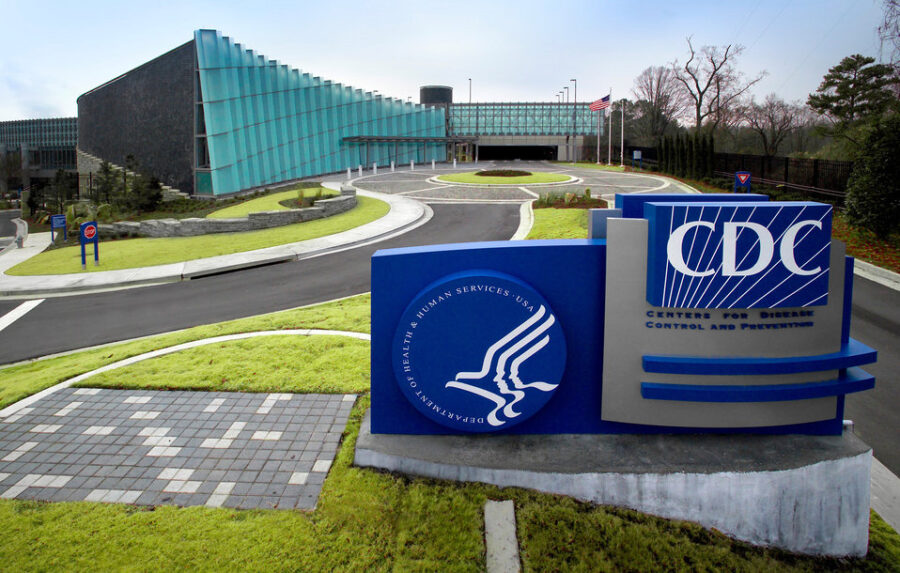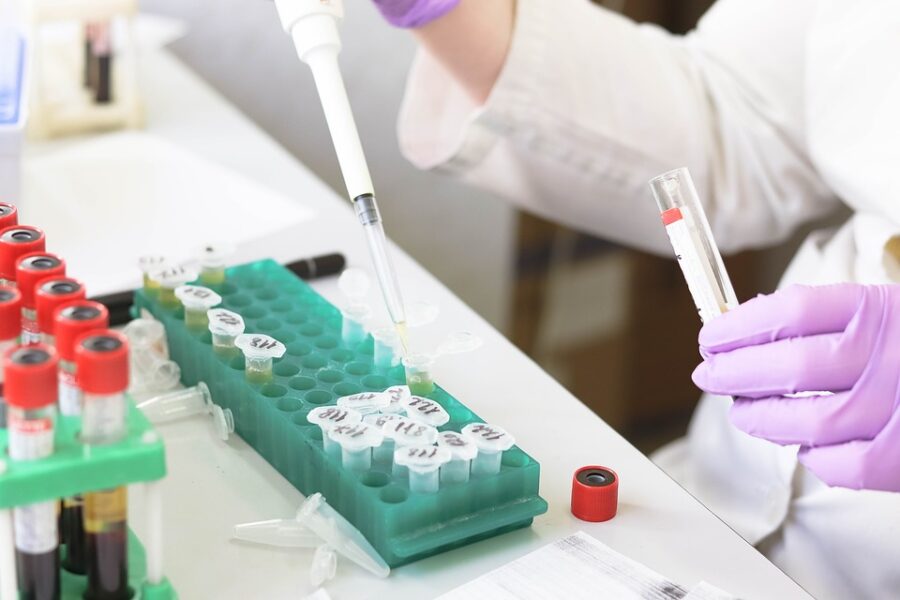What Is A Superbug?
When no amount of medication helps, those illnesses are often called superbugs and trying to find cures for them is becoming more and more difficult.
This article is more than 2 years old

There are times when an illness comes along and it just doesn’t want to leave. And in those rare cases, it goes from bad to worse to beyond worse. No amount of medication helps, its as if the bug you’ve contracted is wearing an “S” on its chest. For this reason, those illnesses are often called superbugs and trying to find cures for them is becoming more and more difficult.
WHAT IS A SUPERBUG?
What is a Superbug? The term itself, “superbug”, was media-induced. This is not a scientific name, though many scientists and doctors and other medical professionals have been using the term for some time now. Generally, though, a superbug is a term used to describe a bacteria that is resistant to most of the antibiotics we use today. In other words, they adapt, hide, and come back with a vengeance.
WHAT TYPES OF SUPERBUGS ARE THERE?

The list is long, so bear with us. The Center for Disease Control (CDC) recently released its 2019 Antibiotic Resistance Threats in the United States. It is a 148-page document that classifies these threats based on risk. While we won’t list or get into all 148-pages, a glance at some of these will show you a problem on the rise.
These germs are a higher risk:
- Clostridioides difficile – this bacterium makes it homes in the gut, most often affecting older adults staying in a hospital or long-term care facilities. It’s fast-moving, spreading rapidly and has become a major health concern.
- Acinetobacter – a bacterium that is resistant to carbapenems, a type of antibiotics.
- Candida auris – this is a type of fungus that grows as yeast and can cause candidiasis in humans.
- Enterobacteriaceae – this is a large family bacterium that includes Escherichia coli, Klebsiella, Salmonella, Shigella, and Yersinia pestis, all of which are resistant to carbapenems
- Neisseria gonorrhoeae – the scientific name for gonorrhea. This germ is on the rise and considered high risk because of its reaction to the antibiotic ceftriaxone.
There are other infectious germs that pose a serious risk to one’s health. These include drug-resistant versions of:
- Methicillin resistant Staphylococcus aureus (MRSA) – this causes staph infections and has become very difficult to treat.
- Mycobacterium tuberculosis – a pathogenic bacterium that causes tuberculosis.
- Streptococcus pneumoniae – this bacterium is the cause of many illnesses including a few of the most serious, pneumonia, meningitis, and bacteremia (a bloodstream infection).
- Vancomycin resistant Enterococci (VRE) – this is a bacterium that affects the intestines and genital tract and is becoming slow to react to the strong antibiotics used to fight it.
- Certain types of Salmonella – this has been linked back to beef brought into the United States and certain soft-cheeses from Mexico.
- Shigella – this is much like another flu bug as it causes diarrhea, fever and stomach cramps. It is high on the list as this bacterium is becoming more and more difficult to fight with antibiotics.
- Campylobacter – another flu-type bacterium that is becoming more and more difficult to fight.
- Pseudomonas aeruginosa – there are many types of pseudomonas, a bacteria that is found mainly in soils or water. But this version is one that often will cause infections in humans after they’ve had surgery. It’s resistance to antibiotics is a major concern.
Surprisingly, or perhaps not, hospitals are a large source of drug-resistant infections. There is a group of bacteria that causes most of these infections. The group is called ESKAPE bacteria and it includes:
- Enterococcus faecium – commonly found in the gastrointestinal tract, it could also be pathogenic and cause neonatal meningitis or endocarditis.
- Staphylococcus aureus – one of the most dangerous of the staph infections found on the skin or the upper respiratory tract.
- Klebsiella pneumoniae – this non-motile bacterium is routinely associated with pneumonia and most commonly seen in alcoholics and diabetic patients.
- Acinetobacter baumannii – this bacteria can cause infections of the urinary tract, blood, and lungs and also in wounds in other parts of a patient’s body, particularly those who have an extended period of stay at a hospital.
- Pseudomonas aeruginosa – see above.
- Enterobacter species – also another that was described above. It’s a large family that is very destructive.
CAN WE AVOID THEM?

Avoiding these superbugs is becoming more and more difficult. The reason for this is at times it seems antibiotics are handed out like candy. The CDC says the misuse of antibiotics (taking when you don’t need to or not finishing your prescription) is the number one leading factor contributing to the superbug. Eric Biondi, M.D. told WebMD, “What the public should know is that the more antibiotics you’ve taken, the higher your superbug risk. The more encounters you have with the hospital setting, the higher your superbug risk.” Biondi runs a program to decrease unnecessary antibiotic use.
Brian K. Coombes, PhD, of McMaster University in Ontario, agrees. “Superbugs should be a concern to everyone,” Coombes says. “Antibiotics are the foundation on which all modern medicine rests. Cancer chemotherapy, organ transplants, surgeries, and childbirth all rely on antibiotics to prevent infections. If you can’t treat those, then we lose the medical advances we have made in the last 50 years.”
What we need to realize, also, is that the superbug is not only a United States issue, but it is a world-wide one. Third world countries are hit hardest with death tolls in the hundreds of thousands. In the U.S. alone, the numbers are staggering. More than 2.8 million people contract antibiotic-resistant infections (superbugs) with mortality rate going over 35,000. The numbers are infinitely more staggering world-wide. Right now the current estimate is 700,000 every year and by 2050 that number is expected to increase to 10 million.
Gaza has been called ground zero as a breeding ground for superbugs. The health system is one reason but the way of life is another. The shortages of power, fuel, and water are the cause for the lack of many basic hygiene standards in the area, giving superbugs the perfect place to grow. Dina Nasser is a lead infection control nurse who has worked in Gaza, presently at the Augusta Victoria hospital in East Jerusalem, spoke of the horrors to The Guardian. “This is a global health security issue because multi-drug-resistant organisms don’t know any boundaries. That’s why the global community, even if it’s not interested in the politics of Gaza, should be interested in this.”
It is true, even healthy people can carry any of these bacteria without showing any signs of it. Works and doctors traveling in and out of the area could easily transport a superbug to other countries. Dr. Ghassan Abu Sittah, of the American University of Beirut Medical Center (AUBMC) said, “It will always get out. The untreated sewage from Gaza containing multi-drug-resistant bacteria goes into the aquifer and that is a shared aquifer [with Egypt and Israel]. Also true is the fact that it doesn’t have to be humans to carry the superbug out. Abu Sittah added, “There are papers from Scotland that show actually multi-drug-resistant bacteria can be found in the pellets of migrating birds. The idea anyone could be immune to this phenomenon is absurd.”
So if it sounds like we are dire straits, we are. But what can we do, in the here and now, that will help us prevent superbugs from growing and/or spreading? Preventing infection is one of the main and crucial ways to fight superbugs. This includes the practice of good hygiene in various ways:
- Wash hands with soap and warm water regularly, this should go without saying. Completely dry them when done.
- Avoid coughing or sneezing into your hands.
- If you handle raw meat, be sure to wash hands after.
- If you are around someone sick, be sure to wash hands or avoid contact with them.
- Use sanitizers or antibacterial soaps when possible.
- Practice safe sex with proper protection.
- Cook foods to safe temperatures. This helps kills any germs present.
But these are simple, everyday practices we all should adhere to. Is it enough?
IS SCIENCE COMING TO OUR RESCUE?

Is science coming to our rescue or will science make it worse? Outside of the United States, practices are being put in place in hopes they help prevent the spread of a new superbug. In India, their government is investing in the development of new antibiotics with one company, Bugworks, at the cutting edge of the technology. In Ghana, they are actually using dance as a form of communication to their people hoping to spread the word of the fight against these deadly bacteria.
In Tanzania, they are coming up with systems to help with dispensing their antibiotics. Those in rural Tanzania had to travel a long way for their medicine, so instead, they would get unregulated meds from a local shop. Now Tanzania is set up thousands of accredited drug dispensing shops to help solve this problem. These are just a few examples of how the rest of the world is hoping to combat these lethal superbugs.
What about in the United States? How are we trying to combat superbugs?
- Bacteriophages – viruses that prey on bacteria but were no longer used once penicillin was discovered. Its use now, though, is coming back and seen as a way to help fight the superbug.
- Traditional medicines – they are also on the rise with scientists now looking to identify plants with medicinal properties that can help solve the superbug crisis.
- Streptomyces molecules – two out of three of all antibiotics come from either the bacteria Streptomyces or its cousins. Researchers thought that this bacteria could only produce a few drug compounds but with the recent advance in gene sequencing, it is not believed scientists can get up to 40 distinct molecules that would allow for the production of more antibiotics.
- Combination of existing drugs – This has been an ongoing practice but one that is being looked at with more frequency as the superbugs evolve. While one drug can kill parts of a superbug, another drug may be able to finish off the rest.
Do we have an answer for superbugs? Not really. We have an idea of how we need to proceed and protect ourselves from these rapidly growing threats. But these superbugs are called such because they are learning how to resist the medicines we have. There is some heavy lifting to be done but it seems like there are those who are up for the task. We just need to play our part.
Superbug News
Corona Virus Outbreak In Washington – January 21, 2020
It was confirmed on January 21, 2020 by the CDC and Federal health officials that the first case of the deadly new coronavirus has been diagnosed in Everett, Washington. This is the same one that has seen the death of six individuals in China.
The man, in his 30’s, is said to be in good condition at the Providence Regional Medical Center in Everett but even so, Nancy Messonnier, the director of National Center for Immunization and Respiratory Diseases has called this diagnosis “concerning” but that “we’re still in the early days of this investigation.”
This deadly disease, by all accounts, has seen its outbreak from Wuhan, China, the capital of China’s Hubei province. 300 people have been diagnosed with the virus in the region that has resulted in six deaths. The virus has also spread to a handful of cases in Japan, South Korea, and Thailand.
According to Health officials, the man presented no signs of the virus upon his entry into the United States but shortly thereafter began to experience symptoms. He then reached out to his healthcare provider and from there he went to the hospital.
Messonnier spoke with NBC News and had this to say, “The risk to American public is low,” but also added that more and more information about the virus is coming out daily. She warned though, “We should expect to see additional cases in the US and certainly around the world.”
The concern of its spread is legitimate as many fear the virus could be spread by what are called super-spreaders, these being highly infectious people who have the ability to infect dozens at a time.
Coronaviruses are a large family of viruses that present in the form of a common cold to pneumonia. They spread from human-to-human contact and in severe cases can cause the aforementioned pneumonia, kidney failure, acute respiratory syndrome and death.
It has not been determined by the World Health Organization if the outbreak is an international public health emergency but airports across the United States have begun enhanced health screenings. All those traveling from Wuhan, China are being rerouted to the airports conducting the screenings.











